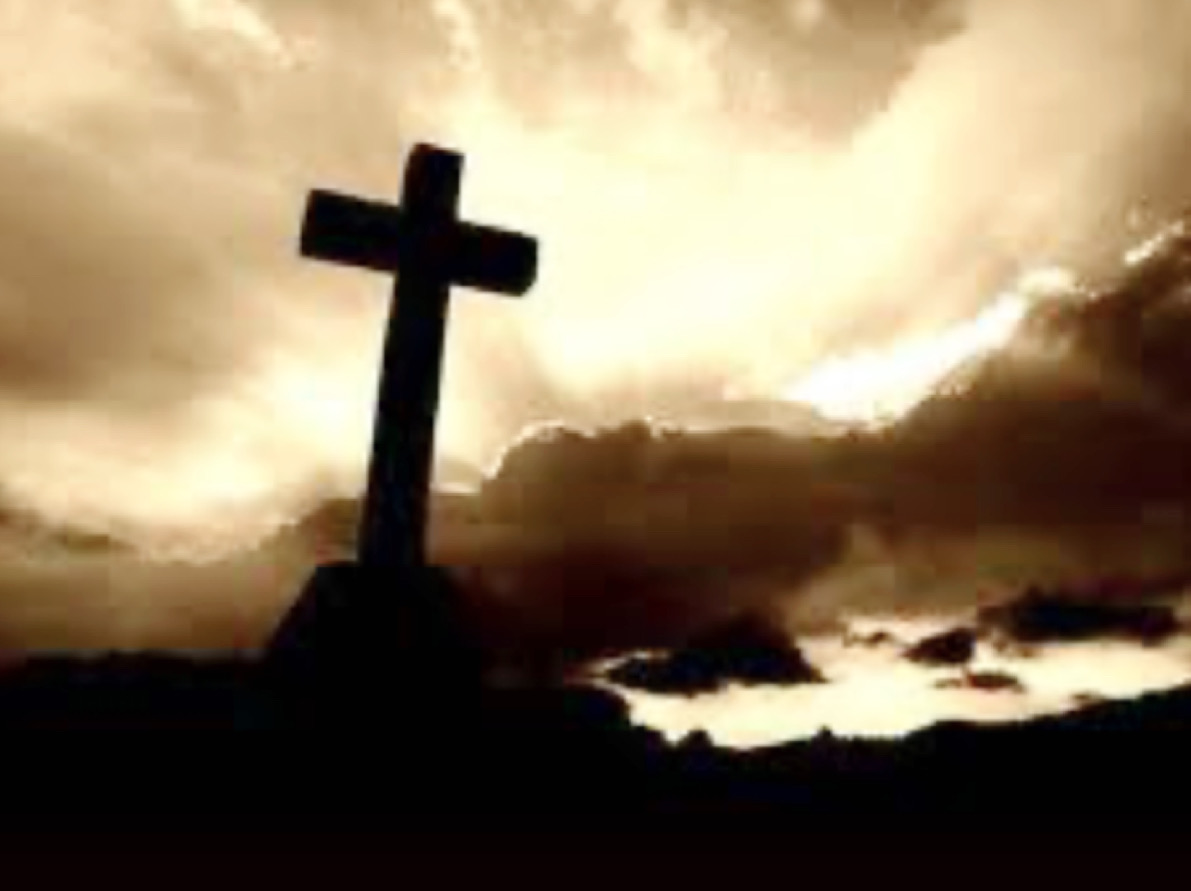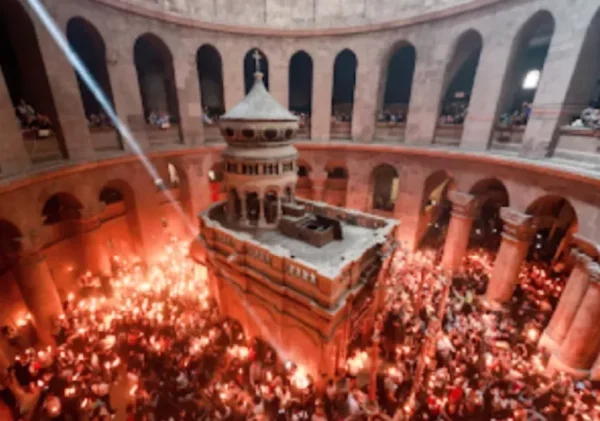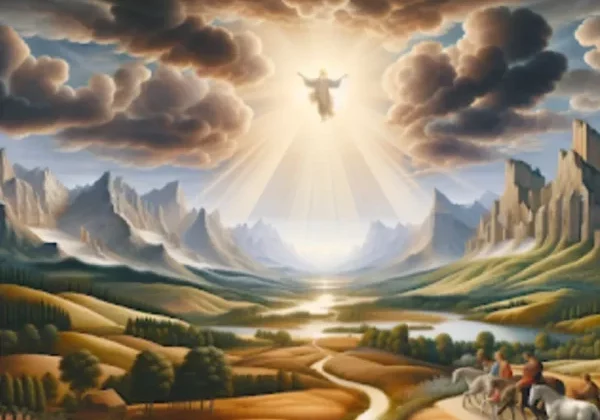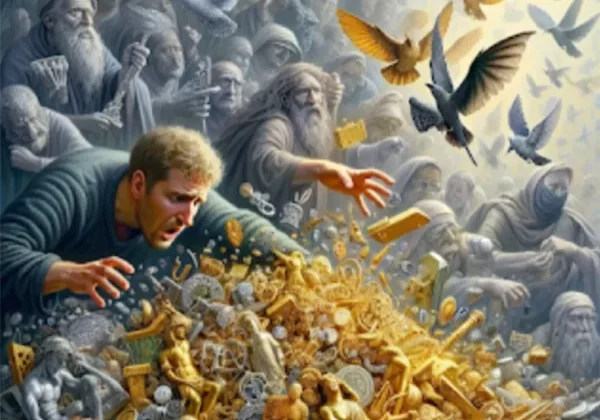Black Saturday: Meaning and Christian Traditions Explained

SHARE
Black Saturday, also known as Holy Saturday, marks a profound pause in the Christian liturgical calendar. It is the day between Good Friday—the day of Christ’s crucifixion—and Easter Sunday, which celebrates His resurrection. Falling on March 30 in 2024, this day holds deep theological significance and is steeped in solemn reflection, anticipation, and sacred tradition.
The meaning of Black Saturday is rooted in silence and waiting. It commemorates the time when Jesus lay in the tomb, His body lifeless, and His followers scattered, grieving, and confused. After the words “It is finished” (John 19:30), Jesus had completed His redemptive mission on the cross.
Black Saturday symbolizes His rest, much like God’s rest on the seventh day of creation. In fact, early Christian tradition calls it the “Great Sabbath” because, on this day, Christ “rested” from His saving work, fulfilling the divine plan to redeem mankind.
The scriptural reference to Holy Saturday is found in Matthew 27:62-66. It narrates how the chief priests and Pharisees, recalling Jesus’ prediction of rising after three days, requested Pontius Pilate to secure the tomb. Roman guards were stationed, yet even they could not stop the power of the Resurrection. The next morning, the tomb would be found empty.
In Orthodox Christianity, this day is referred to as the “Blessed Sabbath” and is seen not as a mere absence of life, but as a victorious descent. According to ancient belief, Jesus descended into the realm of the dead to liberate the souls of the righteous who had gone before Him. This triumphant act is often called the “Harrowing of Hell,” where Christ breaks the chains of death and opens the gates of heaven.
Traditionally, Black Saturday is observed with quiet prayer, fasting, and meditation. In many churches, especially Catholic and Orthodox, no Mass is held during the day, underscoring the atmosphere of mourning and spiritual stillness. However, this silence is broken with the celebration of the Easter Vigil after sunset.
The Easter Vigil is one of the most important liturgical events in Christianity. It begins in darkness, representing the world in sin and death, and transitions into light as the Paschal candle is lit. This symbolizes Christ as the Light of the World. Readings recount salvation history, and new members are often baptized. The Vigil concludes with a proclamation of Christ’s Resurrection, marking the start of Easter.
In the Philippines and other predominantly Catholic countries, Black Saturday is also a time of solemn observance. Many avoid festive activities, choosing instead to pray, reflect, and attend church services. Families might gather for a quiet meal, and traditional films like The Passion of the Christ or The Ten Commandments are often watched at home.
Black Saturday is not just a day of mourning—it is a threshold of hope. It reminds Christians that even in death and darkness, God is at work. As believers await the joy of Easter Sunday, they are invited to trust in God’s promises and prepare their hearts for the light of the Resurrection.
*Cover Photo/Thumbnail Photo from WOWbatangas.com
RELATED ARTICLES

Business is in the Red? Here’s How a Christian Should Respond

Holy Fire Ignites Faith as Thousands Unite in Jerusalem









